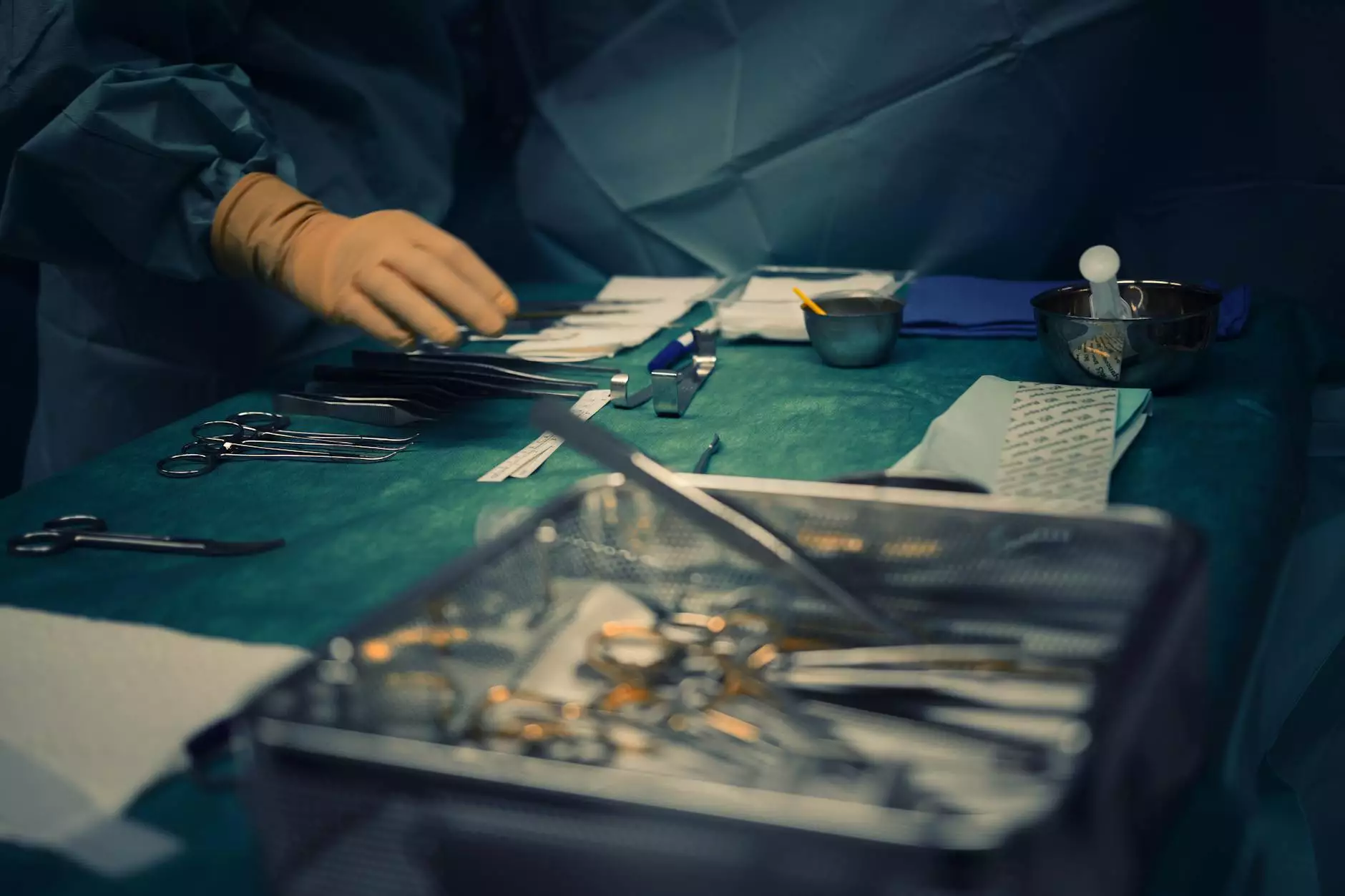Laparoscopic Unilateral Oophorectomy: A Comprehensive Guide

The field of obstetrics and gynecology has seen significant advancements in minimally invasive surgical techniques, one of which is the laparoscopic unilateral oophorectomy. This surgical procedure involves the removal of one ovary through small incisions using a laparoscope. As a result, it offers numerous benefits for patients, including reduced recovery time and minimal scarring.
What is Laparoscopic Unilateral Oophorectomy?
Laparoscopic unilateral oophorectomy is a minimally invasive surgical procedure primarily performed on women who need to remove one of their ovaries. This can be due to various medical conditions, such as ovarian cysts, tumors, or endometriosis. The goal of this procedure is to excise the affected ovary while preserving the other ovary for hormone production and reproductive function.
Benefits of Laparoscopic Surgery
Laparoscopic surgery, as a technique, offers several benefits compared to traditional open surgery. Here are some notable advantages:
- Reduced Pain: Patients often experience less postoperative pain due to smaller incisions.
- Shorter Recovery Time: Many patients can return to their normal activities within days, rather than weeks.
- Less Scarring: The small incisions typically leave minimal scarring.
- Lower Risk of Infection: Fewer incisions correlate with a lower risk of surgical infections.
- Quicker Hospital Discharge: Most patients can go home the same day or the next day after the procedure.
Indications for Laparoscopic Unilateral Oophorectomy
There are several medical conditions that may necessitate the need for a laparoscopic unilateral oophorectomy:
- Ovarian Cysts: These fluid-filled sacs can form on the ovaries and may require removal if they cause symptoms or do not resolve on their own.
- Ovarian Tumors: Both benign and malignant tumors may necessitate surgical intervention.
- Endometriosis: In cases where endometriosis involves the ovary, removing the ovary may relieve pain and other symptoms.
- Ovarian torsion: This condition occurs when an ovary twists, cutting off its blood supply and necessitating urgent surgical intervention.
The Laparoscopic Unilateral Oophorectomy Procedure
The procedure itself is typically performed under general anesthesia. Here's a step-by-step look at what to expect:
- Anesthesia: Patients are placed under general anesthesia for the duration of the surgery.
- Incisions: The surgeon makes several small incisions, usually in the abdomen, to insert the laparoscope and surgical instruments.
- Visualization: The laparoscope, equipped with a camera, provides a video feed of the internal organs to the surgical team.
- Ovary Removal: Using specialized tools, the surgeon carefully detaches and removes the affected ovary from its surrounding tissues.
- Closure: The incisions are closed with sutures or surgical glue, and a bandage is applied.
Recovery After Laparoscopic Unilateral Oophorectomy
The recovery period varies from patient to patient, but generally, patients can expect the following:
- Immediate Recovery: Most patients will recover in the recovery room for a few hours before being moved to a hospital room or discharged.
- Postoperative Pain Management: Mild pain or discomfort is common and can typically be managed with prescribed medications.
- Activity Restrictions: Patients are typically advised to avoid vigorous activities and heavy lifting for a few weeks after surgery.
- Follow-Up Appointments: A follow-up visit with the surgeon will usually be scheduled to monitor recovery and discuss pathology results, if applicable.
Potential Risks and Complications
Like any surgical procedure, laparoscopic unilateral oophorectomy carries certain risks. Potential complications may include:
- Infection: There is always a risk of infection at the incision sites or internally.
- Bleeding: Postoperative bleeding can occur, which may require further intervention.
- Damage to Surrounding Organs: There's a small risk of injury to adjacent organs, such as the bladder or bowel.
- Anesthesia Risks: Reactions to anesthesia, although rare, can occur and should be discussed with the anesthesia team.
Conclusion
The laparoscopic unilateral oophorectomy is a pivotal procedure in modern gynecological practice, offering patients relief from various ovarian-related conditions with a significantly lower impact on their bodies compared to traditional methods. As surgical techniques continue to evolve, the need for effective, less invasive options remains crucial in maintaining women's health.
For those considering this surgery or wanting to learn more, consulting with a board-certified specialist is essential to ensure all options are thoroughly discussed. At drseckin.com, our team of experienced obstetricians and gynecologists is dedicated to providing comprehensive care tailored to each patient’s unique needs. Together, we can navigate the complexities of women's health and ensure the best possible outcomes.









